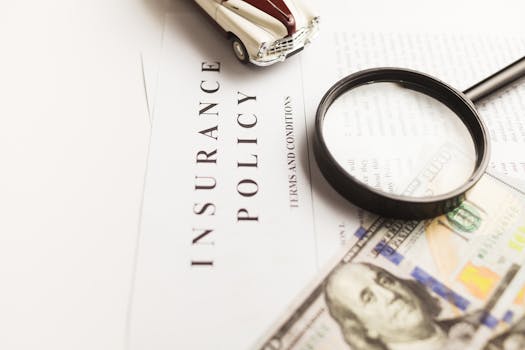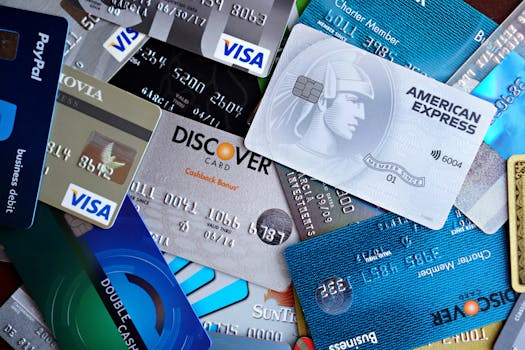Personal Finance
Simple Investments for Beginners: Start With ETFs, CDs, and Treasury Bills
Ready to start investing? Discover simple options like ETFs, CDs, and Treasury bills. Get step-by-step guidance and tips to safely build your savings and confidence today.
Advertisement
Choosing Your Entry Point: What Makes an Investment Beginner-Friendly
Rule of Simplicity: Focus on Transparency
Scenario Example: Small-Scale, Real Rewards
| Investment Type | Minimum Needed | Risk Level | Simple Next Step |
|---|---|---|---|
| ETFs | $1-$100 | Moderate | Open a brokerage, search “invest in ETFs USA,” and buy a broad index ETF |
| CDs | $500 | Low | Contact your bank and ask about current 1-year CD rates and terms |
| Treasury Bills | $100 | Very Low | Visit TreasuryDirect.gov and follow the steps to buy a new T-bill |
| Savings Account | $0-$1 | Very Low | Open a high-yield savings account to keep emergency funds safe |
| Individual Stocks | $1 | High | Learn company basics, but start with ETFs before picking single stocks |
Understanding Exchange-Traded Funds (ETFs): Build a Diverse Portfolio in Minutes
Building a Beginner ETF Portfolio
- Pick a commission-free ETF: It reduces cost and keeps more earnings in your account. Ask your brokerage for their list before buying.
- Choose broad exposure: S&P 500 ETFs or total stock market versions spread your money across hundreds of U.S. companies in one shot.
- Review the ETF’s ticker symbol: Each fund has its own code, making purchases and tracking simple and error-free. Check details before trading.
- Set up automatic purchases: Most brokerages let you schedule monthly ETF buys. This habit turns investing into a “set it and forget it” routine.
- Read the factsheet: Before buying, view the ETF’s prospectus or factsheet online. Focus on holdings, expense ratio, and the tracking index.
Comparing ETFs to Other Choices
- Track real-time pricing: Watch your ETF’s value change instantly, not just once per day. This transparency helps you respond faster to news or your own needs.
- Benefit from lower fees: ETFs usually charge less than mutual funds annually. More of your savings stay invested, compounding faster over years.
- Choose fractional shares: Many brokers let you buy under one whole share, investing as little as $5 or $10 at a time.
- Enjoy automatic diversification: Instead of guessing on companies, ETFs bundle many together. Losses in one are softened by gains in another part of the basket.
- Keep taxes straightforward: Most ETFs are structured to pass lower distribution taxes to you compared to some mutual funds or stock trades.
Exploring Certificates of Deposit (CDs): Guaranteed Returns, No Surprises
CDs in Real Situations: Using Goals and Timelines
Timing Your CD Choice Around Life Events
U.S. Treasury Bills: Stability, Safety, and Instant Credibility
Buying T-Bills: The Simple Sequence
Blending T-Bills With Other Accounts
Mixing Strategies: What Real Beginner Investors Say and Do
Checklist for Diversification
In real practice, new investors benefit from a checklist. Mark off these ideas quarterly to keep both growth and protection in play, regardless of market swings.
- Contribute a set dollar amount to a broad-market ETF monthly. This creates reliable growth and smooths out market ups and downs automatically.
- Every six months, check if your CDs or T-bills are maturing soon. Roll them over if you don’t need the cash, so interest keeps compounding.
- Balance risk limits by reviewing allocations: if you’re too heavy on stocks, add cash or T-bills. This keeps nerves steady during headlines or market shocks.
- Repeat “hands-off” habits: avoid checking your account daily and let your investments do their job. Over-management kills the stress-free nature of simple investments.
- Review goals each season: set reminders to assess if your mix of ETFs, CDs, and T-bills is still right for your current goals and risk mindset.
Scenario Script: A Year-One Investment Plan
Conclusion: Taking Confident Steps Into Your Investment Journey





